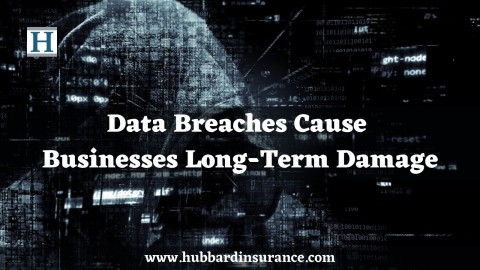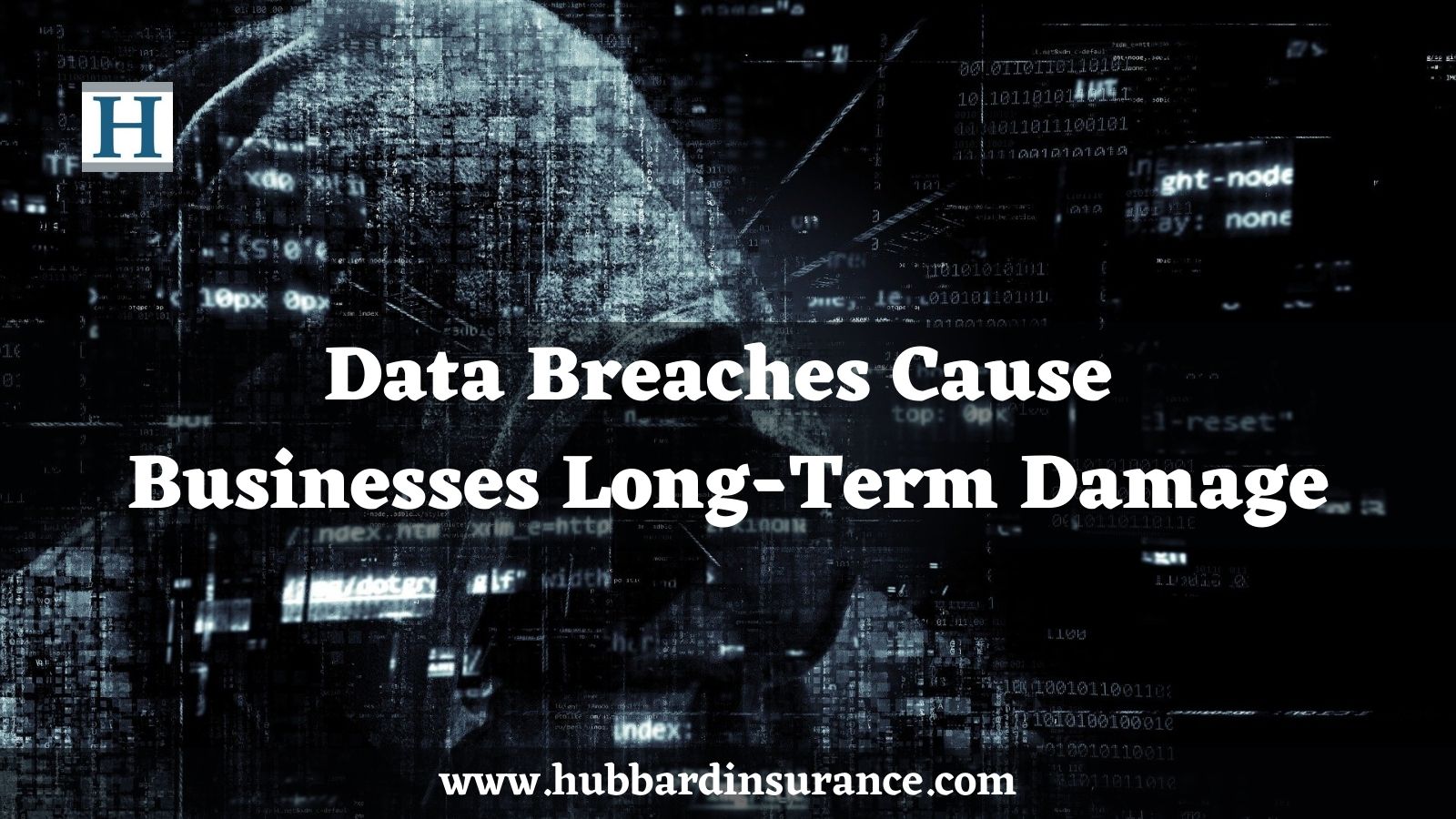
The concept seems a strange one. Why would cyber criminals go after transport? The usual suspects when it comes to cybercrime tend to be financial institutions – such as the recent hacks on Desjardins and Capital One. The answer, though, is rather simple.
Cyber criminals go wherever there is technology. If that technology can be exploited in a booming industry, then they’ve basically hit the jackpot. This is what is happening in the transport industry. There has been substantial growth in the transport industry largely spurred on by the introduction of innovative technology.
How have we seen technology benefiting and making a greater presence in the transport industry?
1. Interconnected networks has streamlined industry-related processes
e.g. the introduction of route planning incorporated with GPS services so that the best route is always readily available.
2. Improvements in safety features
e.g. accident prevention sensors reducing the number of collisions on the road
3. Driver monitors censoring important physiological details such as fatigue or intoxication furthering keeping the roads safe
To make sure that all this technology is being used effectively and efficiently, most organizations within the transport industry rely on centralised IT systems. This means that all of the necessary information regarding vehicles, their cargo, and the drivers can be stored in one place.
However, as much as technology increases profits, it also increases vulnerability. The transportation industry has adopted technology at such a fast pace that the infrastructure to keep these IT systems secure hasn’t had a chance to catch up.
This means that cyber criminals often target centralised IT systems to isolate and take control of cargo and equipment. If a hacker is able to gain access to the centralised system, then they have the entire organisation in the palm of their hands. The damage that can be done from such a position could be immeasurable.
Let’s look at cargo as an example. A new tactic, called “fictitious pick-up”, is the current hottest trend with cyber criminals. In this crime, these criminals search for valuable loads on online load boards and, using false information, obtain contracts. Then it’s a simple matter of showing up with a truck, driving to the point of collection, and leaving before anyone is any the wiser.
There is also business identity theft – where criminals create false documentation in a company’s name, learn pick-up locations and company information through online systems, and then arrive at the agreed-upon pick-up points to steal cargo.
Ransomware is the cybercriminal’s bread and butter – and the transport industry is no exception to this. Hackers can implement ransomware to hijack a truck’s control system in order to suspect deliveries and strand drivers until the demanded ransom has been paid. In fact, a study from the University of Michigan found that trucks are far easier to hack into and control than a regular car.
It seems crazy but because technology is so strongly integrated in these vehicles, hackers can break into these control panels and disable the brakes or affect the acceleration. It is a scary reality.
Companies around the world lose hundreds of millions of dollars every year due to different forms of cyber breaches. The transport industry is no exception to this. At this point, you will want to know if you’re at risk. The simple answer is that if you don’t have protection against cybercrime, you are at great risk.
As discussed in previously, cybercriminals are increasingly targeting medium-to-small sized businesses. Many may think that, since their company is not a big multinational corporation, that they are safe from this risk. Sadly, that just isn’t true. Smaller organizations lack the resources and in-house teams to tackle massive breaches and therefore are targeted at an increased rate.
If you are concerned about your company’s safety, contact one of our licensed brokers today at This email address is being protected from spambots. You need JavaScript enabled to view it. or call us at 905-696-9090. Let us help you stay protected.









